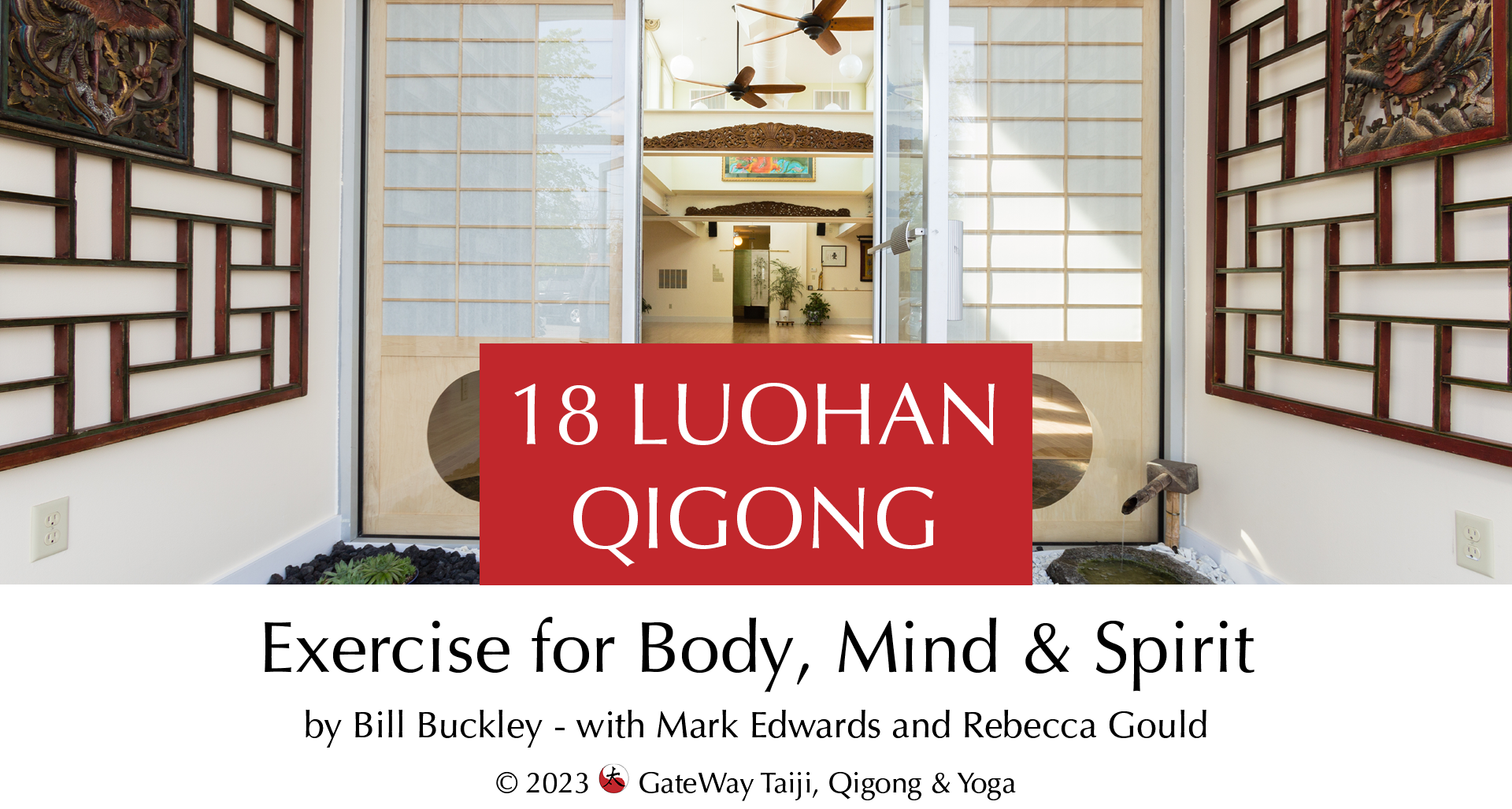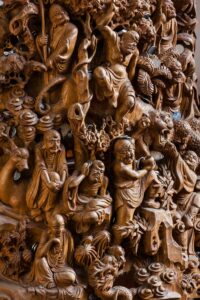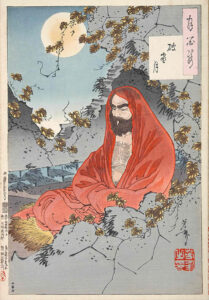The 18 Luohan Qigong
The 18 Luohan Qigong is a beautiful and fun set of 18 movements that provides a full body stretch, stimulates the body’s Qi, and develops balance and basic martial skill. The set can be completed in as little as 10 minutes or explored as a moving meditation for over an hour.
All Qigong practices involve the activation and manipulation of Qi, the Chinese word for life force or vital energy. The 18 Luohan incorporates medical, martial and spiritual Qigong techniques. It is a particularly powerful Qigong form for developing mind-body awareness, physical energy, flexibility, and strength. For anyone who practices yoga, the ancient connections between this beautiful form and traditional yoga postures will be obvious.
Recently Published Video & i-Book

Full Length Video
The video consists of several pieces, including full videos of the form at regular speed and slow-motion breakdowns of each of the 18 movements.
The video is available for streaming from YMAA Publishing. Click through for details.
Interactive iBook
For teachers, and those who want to delve more deeply into this beautiful form, our beautifully designed, interactive 220 page i-book offers step by step instruction, detailed videos and slides, historical background and an exploration of the Martial, Energetic and Yoga Connections for each of the 18 Luohan movements. The book includes a full length practice video. You will need an Apple ipad, laptop or desktop.
To purchase the ibook, please email Bill Buckley and submit your payment for $50 through PayPal.
After he receives your email, you will be able to download the book using this link. Questions? Call Rebecca at 978-857-6522.
The 18 Luohan's Historical Roots
The 18 Luohan Hands Shiba Luohan Shou (十八羅漢手), or 18 Hands of Buddha, are ancient mind-body exercises from early Buddhist practice dating back at least 2,000 years. The word Shou means “hands,” but refers to the 18 techniques or moving patterns. Another translation sometimes seen is the 18 Techniques of the Enlightened Ones.These 18 historic Qigong exercises are intended to be protectors of your body, mind, and spirit.
The word Luohan comes from the Sanskrit word Arhat. Both words refer to a person who has cultivated a high level of spirituality, like an advanced monk or gifted saint. After the Buddha passed away, 500 leading Buddhist scholars and teachers gathered together in a grand council. Together, they reviewed and discussed Buddha’s teaching and standardized the writings (sutras) to be passed down. These disciples are known as the 500 Arhats.
The Legacy of Bodhidharma
About 500 years after Buddhism came to China, Bodhidharma (Da Mo) taught at the Shaolin Temple around the year 550 C.E. Before dedicating his life to Buddhism, Bodhidharma was a prince and part of the warrior class. Princes in India were trained in a variety of arts, including defense. Due to this fact, we can easily see how Bodhidharma would have created a training routine/sequence to help his followers develop these skills. Da Mo's transmission of this root series of movements was a major component in the origin of internal arts practice in China. Statues depicting these 18 legendary Luohan are often found in Chinese Buddhist temples today.
The 18 Luohan Qigong form is largely based on the techniques of Muscle Tendon Changing, a text attributed to Bodhidharma (Da Mo), the creator of the Chan school of Buddhism, commonly known as Zen in the west. Bodhidharma taught three fundamental and interlocking principles of practice: seated meditation, Qigong, and mindful movement. These three, taken together, formed his foundation of Zen.
The version of the 18 Luohan Bill explores in this video came to him from Dr. Jay Dunbar of the Magic Tortoise School in North Carolina, and Master Lisa B. O’Shea, founder of the Rochester Institute of Qigong. Dr. Dunbar notes that he learned the 18 Luohan from three masters of the Praying Mantis Style of Chinese Kungfu.
According to Dr. Dunbar: “The set is named after the eighteen bodhisattvas whose effigies line the main hall of Chinese Buddhist temples. One of these is identified as Dá Mó himself. In Mahayana Buddhism, a bodhisattva is an enlightened being who defers entry into nirvana in order to assist all other sentient beings. In Hinayana Buddhism, one who reaches the highest stage of spiritual progress is known as an arhat (Sanskrit), “arahat” or “arahant” (Pali), a term meaning “worthy one,” rendered phonetically in Chinese as a luohan or simply Luóhàn. Luóhàns, according to Spiro (Buddhism and Society) “are depicted in China as accomplished Sages… they function as a bridge between the human world and the realm of nirvana and assume many of the characteristics of the Taoist immortals (xiān rén).” Sages are also referred to as zhēn rén: true people.”
A powerful practice for building mind-body awareness – and martial power
All Qigong is focused on learning to feel your Qi, build up the level of Qi in your body, and eventually lead the Qi around, inside and outside your body. When practiced regularly, the Shiba Luohan Gong goes beyond the physical movements. It can bring you into direct contact with your consciousness and allow for a profound level of mind-body awareness.



Sorry, the comment form is closed at this time.